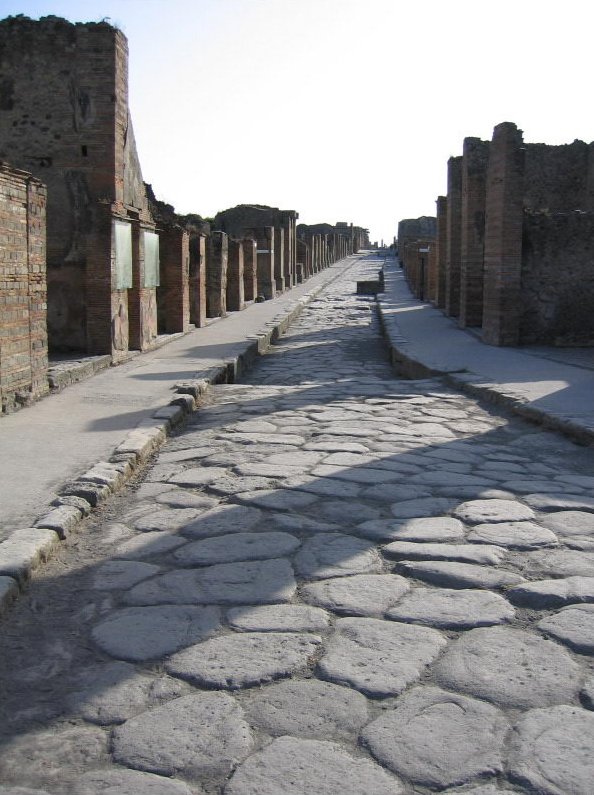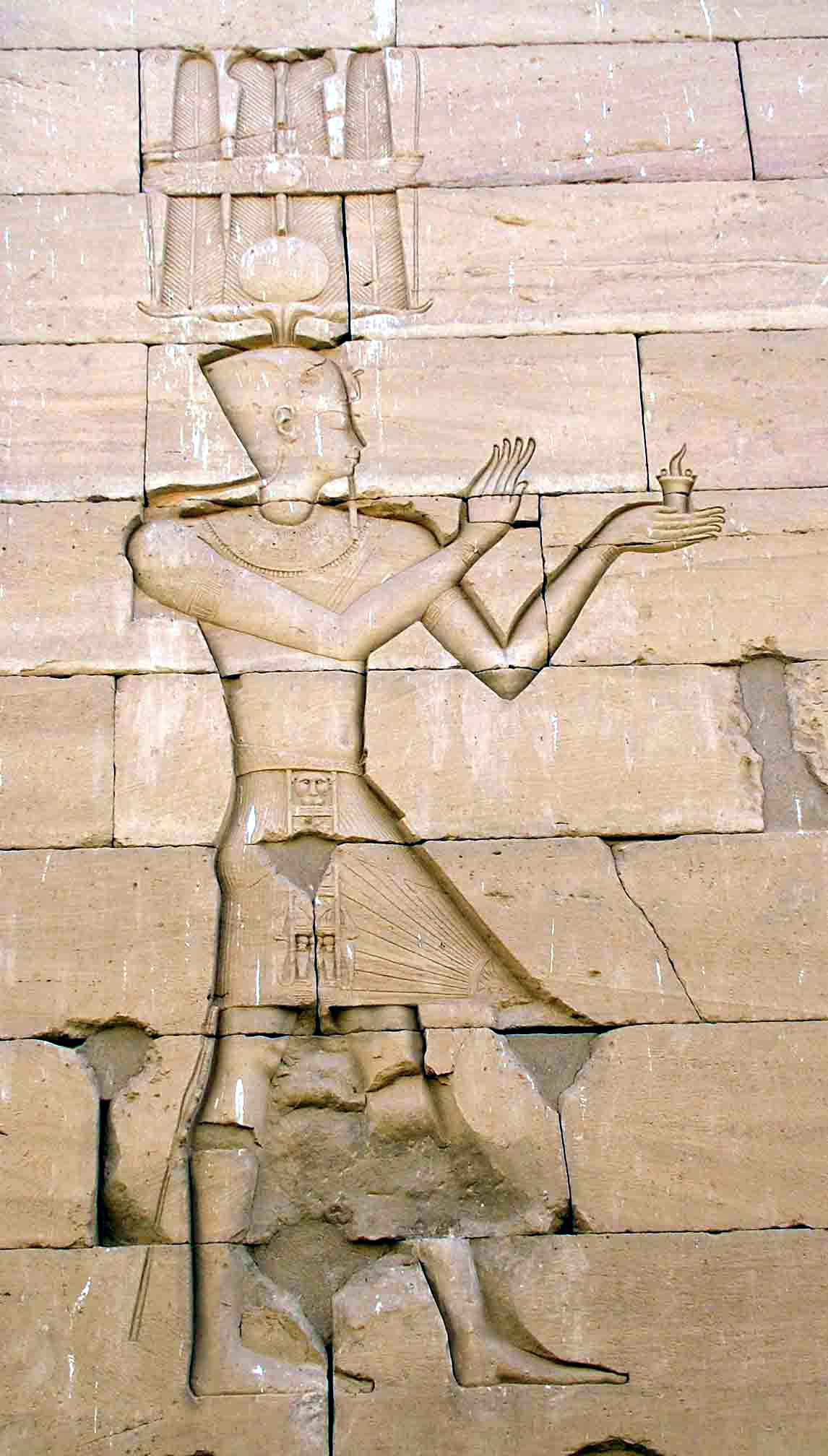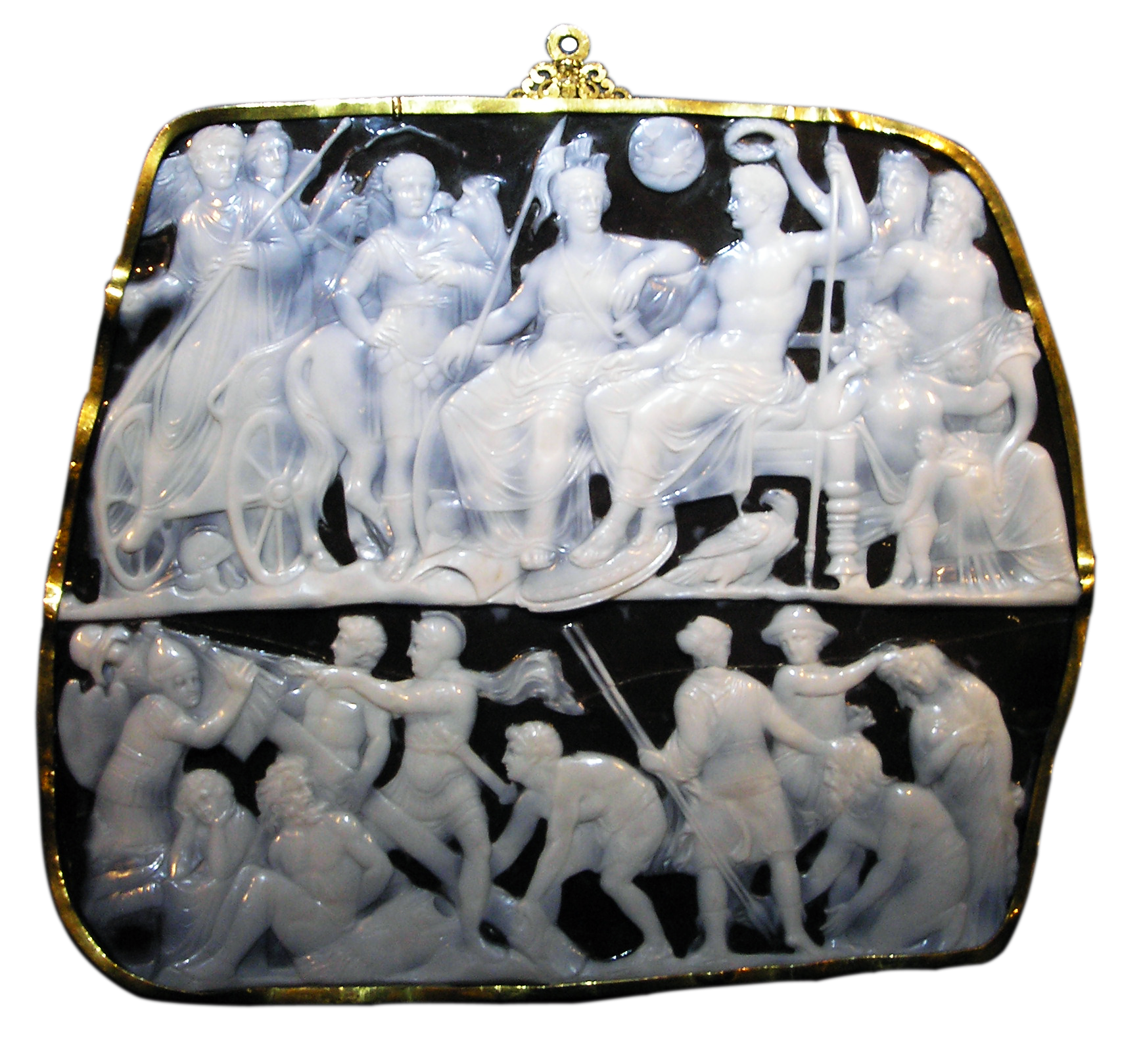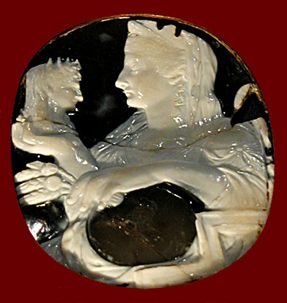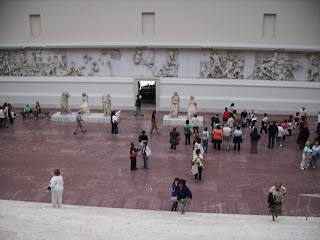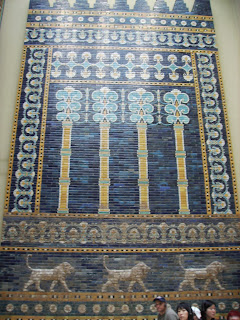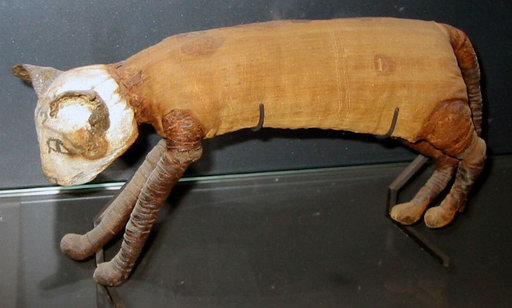Ever fancied quitting your day job and living on spoils of war and taxes from provinces? Others have done it, so it should be possible. I've researched very hard (ahm... not really) and came up with a list of 10 things you need in order to build your own functional empire - Roman style.
1. Roads
About 400,000 km would do, as long as about one quarter of them are super-highways. You know, the kind that would still be in service 2,000 years from now. Ok, let me rephrase that: if your contractor suggests funds are needed for major repairs after less than 1,000 years of use, crucify them. (I guess these days it would be safer to hire Germans than the heirs of the Republic.)
Romans were so serious about their roads, that the first collection of laws they ever published, the famous Twelve Tables, regulated the punishment for parricide, the rules for bankruptcy and the width of roads. Analyzing the accomplishments of other empires, the Romans compared their road system with the pyramids of Egypt – and concluded that they'd take the roads over the pointy tombs at any time.
Roman road from Pompeii. Get yourself more of these. Image source here.
2. Boats
If you plan to turn a sea into an inner lake for your empire, you'll need boats, and some people who can sail – more or less. If your invasion of Britannia gets stuck because your people don't know how to sail across the English Channel, then you're going to be the laughing stock of Europe.
3. Ports and lighthouses
The boats mentioned in paragraph 2 can be used for a lot more than invasions. Despite your excellent roads, sea transportation is still cheaper, and having a global empire means you'll have to move massive amounts of stuff from one end of the world to the other. Need blueprints? Follow your predecessors, Claudius and Trajan – excellent administrators, by the way, both of them – and check a computer reconstruction of Ostia Antica, Rome' man-made port, or its ruins, how they look today.
4. A Senate
Useful for faking legitimacy, passing laws, drawing the hate of the local mob when you have to pass unpopular measures, and, in general, providing a pleasant way to spend long afternoons talking about nothing. Just make sure you keep an eye on the senators, they're too close to the power source to be trustworthy. Kill about a dozen a year and you should be safe.
5. An army
A big one. About half a million professional soldiers should cover your needs, as long as they're equipped with the latest technological developments. Just don't forget it's vital to keep it under control. Generals are sometimes too effective for their own good, so you might want to have a few cups of poison ready, in case they become excessively popular with their troops.
One way to become popular with the soldiers is to start wars. During the long, cold winter nights, enjoy a glass of wine in your golden palace and study the maps for a new Barbarian area that may be invaded.
Another option is to give them money whenever you can, and land when they retire. Good way to spread Latin in Europe, too, and thus insure that Titus Livius would continue to torture generations of students for the following millennia.
Losing control over the most important part of your army, the one garrisoned in your capital city, is a big no-no.
6. A system of transferring power from one generation to another
Would be a good idea to have such a system in place if you want to start a dynasty, not just to play emperor by yourself. But you might have to look to other empires for details on how to do that, the Romans... kind of failed.
7. Slaves
Somebody has to get some work done, to keep the system going. If you think slavery is politically incorrect, you might call them “employees” or something similar, it doesn't really matter, as long as you make sure they depend exclusively on one owner / employer and they don't have the right to vote (so you don't have to worry about winning them on your side).
Slavery is good for your empire because it turns every household / company into a miniature autocracy, thus making it easier for people to accept you as the ultimate leader, no questions asked.
8. Deification
Being the ultimate ruler is good, being a god is even better. You get to marry a goddess (well, she might be the same hag you've been married to for the past 50 years, but still, a goddess... neat!). Having a certified god among your ancestors helps.
The first Roman emperors thought they'd have to die before being deified. Wrong. All you have to do is organize an office of priests, paid by the state – that is, you – whose only task is to organize your cult. They'll do the job, if they want the money.
9. Mob control methods
Bread and circuses, theaters, chariot races, soap operas and Champions League matches – anything to keep the people occupied. The downside to having slaves is that you, as an emperor, have to deal with millions of people who don't have to work for a living – and thus are bored to death. Boredom is a dangerous thing for the empire, they might want to get a career in politics.
Just remember that you don't need to control every single person from your empire. Focus on what matters – people who vote and who are close enough to throw you in the river Tiber, if you piss them off. For the rest – delegate, delegate, delegate.
The boats from paragraph 2 will help bring in food when needed. You might also want to take a moment and build some aqueducts while you're at it, they make people happy and clean. You don't want bubonic plague spreading around, this is a civilized empire, not bloody Medieval Europe!
Circus Maximus could entertain a quarter of Rome's population. Beats cable TV. Image source here.
10. Good propaganda
Conquering Barbarians is the easy part, getting them to stay put is a different matter. You don't want your provinces rebelling all the time – it will just give your sleazy generals a chance to show off in ways you cannot control.
You have to convince the Barbarians they want in. Give them what they didn't have before, baths, good wine, amphitheaters, a stable currency, career opportunities, fast food joints and blockbusters, and they'll never want to leave your beautiful empire, not even when you want to throw them out.





